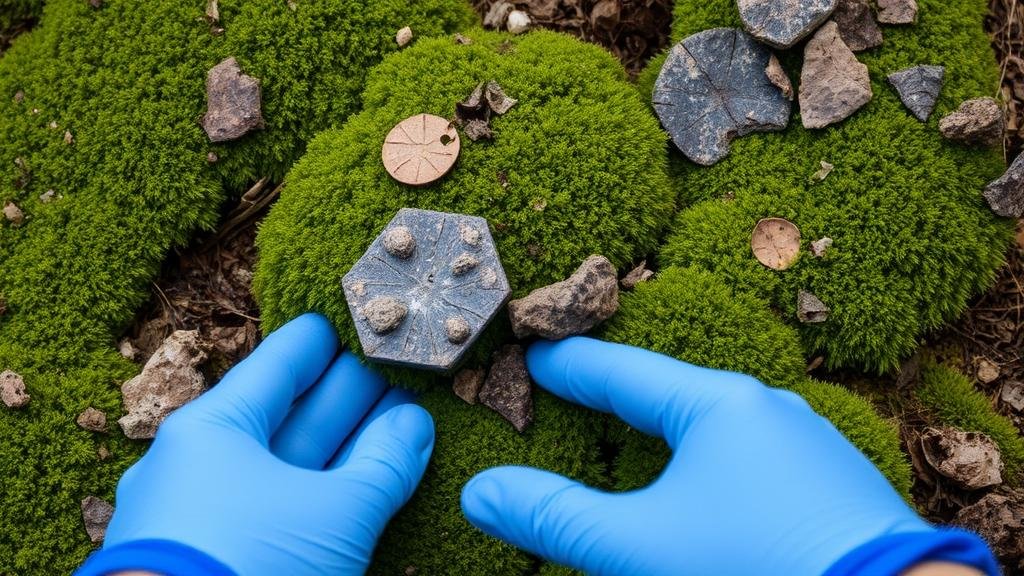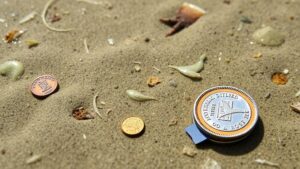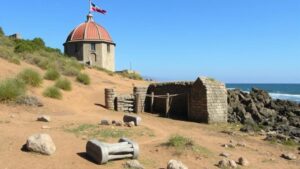Techniques for Identifying Artifacts in Sites Overrun by Thick Moss or Fungi
Techniques for Identifying Artifacts in Sites Overrun by Thick Moss or Fungi
Archaeological sites often present challenges that go beyond just the historical or cultural contexts they provide. In areas where thick moss or fungi have taken hold, identifying artifacts can become a formidable task. The obscuring nature of these biotic growths complicates the process of excavation and artifact retrieval. This article explores various techniques that can enhance the identification and recovery of artifacts from such sites.
Understanding the Impact of Moss and Fungi
Before delving into the techniques for artifact identification, it is essential to understand the biological impacts of moss and fungi. Both organic growths can create a dense layer over archaeological deposits, affecting the visibility and accessibility of buried artifacts. For example, moss can absorb moisture, creating an environment conducive to fungal growth, which further complicates excavations. This environment is detrimental not just to the artifacts, but also to the integrity of the site as a whole.
Initial Site Assessment
Effective identification of artifacts begins with a thorough assessment of the site. Archaeologists should utilize a combination of methods:
- Visual Inspection: Before any invasive techniques are employed, a detailed visual survey can help identify areas of moss or fungi thickening. Observing changes in coloration or topography can provide clues about possible buried artifacts.
- Remote Sensing: Technologies such as ground-penetrating radar (GPR) and electrical resistivity tomography can help map subsurface anomalies without disturbing the site. e methods can reveal voids or differences in soil composition indicative of buried cultural materials.
For example, a study conducted at a prehistoric site in Scandinavia employed GPR technology to successfully locate burial mounds obscured by moss. This technology allowed for efficient planning of excavation strategies, minimizing the ecological impact on the surrounding vegetation.
Excavation Techniques
Once initial assessments have been made, careful excavation becomes paramount. Traditional excavation practices need to be adapted for moss- and fungus-heavy environments. Techniques to consider include:
- Layered Excavation: Instead of standard digging, archaeologists can take a stratigraphic approach, removing moss and fungi layer by layer. This technique helps preserve the context of artifacts and aids in pinpointing their original locations.
- Wet Excavation: In certain cases, a wet excavation technique using water to saturate soil can facilitate the removal of vegetation. This can reduce tool resistance and can help unearth artifacts that have been securely bound within the substrate by roots or slime.
A compelling example of wet excavation was utilized at the Clovis site in North America. This method revealed stone tools hidden beneath bio-growth, providing insight into early human activity in a wetland context.
Utilizing Biochemical Techniques
Several advanced biochemical methods can be employed to identify artifacts obscured by organic matter. Techniques include:
- DNA Analysis: Environmental DNA (eDNA) sampling can provide information on the biological composition of the site. Identifying organisms present can help archaeologists infer the site’s ecological history, which may guide decisions on excavation areas.
- Stable Isotope Analysis: Analyzing the isotopic composition of soil or bio-material can shed light on historical dietary patterns and land use. Understanding these patterns can assist in focusing excavation efforts in areas likely to yield artifacts.
This approach was successfully applied at various Roman archaeological sites, where isotopic analysis revealed areas of ancient agricultural activity, leading to fruitful excavations of associated artifacts.
Post-Excavation Analysis
After excavating artifacts, careful analysis is essential for determining their significance. Recommended practices in post-excavation analysis include:
- Conservation Strategies: Due to the potential damage from moss or fungi during excavation, using specialized conservation techniques to treat organic materials is imperative. This could involve freeze-drying or applying biocides in carefully controlled environments.
- Documentation: Maintaining meticulous records of the conditions in which artifacts were recovered is crucial. This supports future research and helps document the potential challenges faced due to the biotic material at the site.
A case study from the ruins of Pompeii illustrates effective post-excavation analysis. Artifacts recovered from areas affected by volcanic ash were meticulously documented and treated in controlled environments to ensure their preservation against further degradation.
Conclusion and Actionable Takeaways
Identifying artifacts in environments overrun by thick moss or fungi requires a multi-faceted approach that includes initial assessments, modified excavation techniques, and advanced biochemical methods. By combining traditional archaeological practices with modern technology and innovations, archaeologists can enhance their ability to recover and preserve valuable historical artifacts. Also, understanding the ecological context allows for a more sustainable approach to managing these sensitive environments, ensuring that future generations may also appreciate their historical significance.
For professionals in archaeology facing such challenges, it is critical to:
- Employ both visual assessments and advanced technologies like GPR or eDNA.
- Adapt excavation techniques to minimize damage while maximizing artifact recovery.
- Engage in thorough post-excavation analysis to maintain artifact integrity and context.



